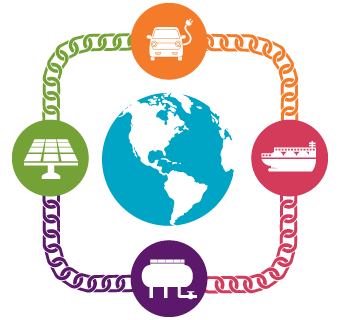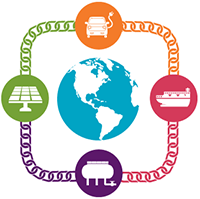The Energizer – Volume 63
By: Buck B. Endemann, Daniel S. Cohen, Molly K. Barker, Olivia B. Mora, Abraham F. Johns, Natalie J. Reid, Matthew P. Clark

A biweekly update on blockchain technology applications, distributed energy resources, and other innovative technologies in the energy sector.
There is a lot of buzz around blockchain technology, distributed energy resources (“DERs”), microgrids, and other technological innovations in the energy industry. As these innovations develop, energy markets will undergo substantial changes to which consumer and industry participants alike will need to adapt and leverage. Every other week, K&L Gates’ The Energizer will highlight emerging issues or stories relating to the use of blockchain technology, DERs, and other innovations driving the energy industry forward. To subscribe to The Energizer newsletter, please click here.
IN THIS ISSUE:
- Researchers Develop Innovative Method to Monitor Battery Health
- Uppsala University Scientists Create Organic Proton Battery
- Power Ledger and ekWateur Partner to Provide Blockchain-based Renewable Energy Trading Platform
- Drax Group’s Carbon Capture and Storage Facility Becomes Fully Operational
- Insolar and TRCA Collaborate on Distributed Energy Resources
To view more information on these topics in Volume 63 of The Energizer, CLICK HERE.


